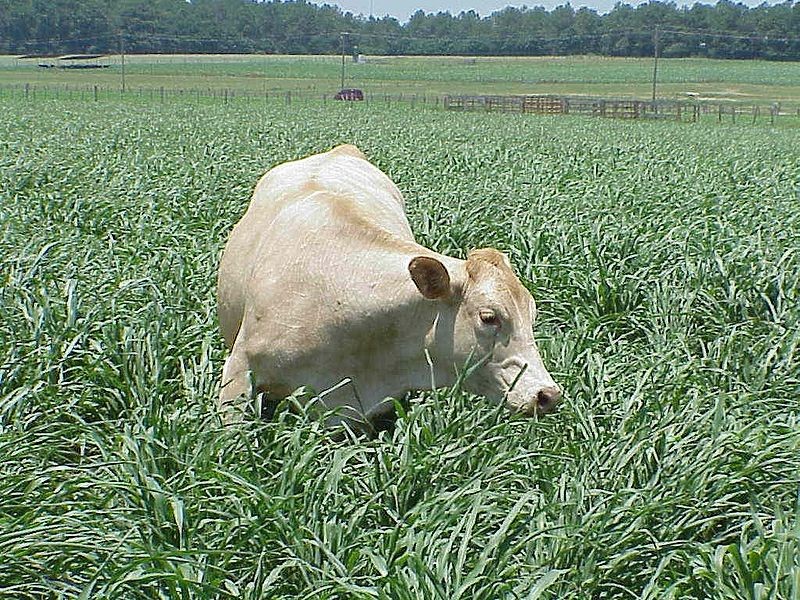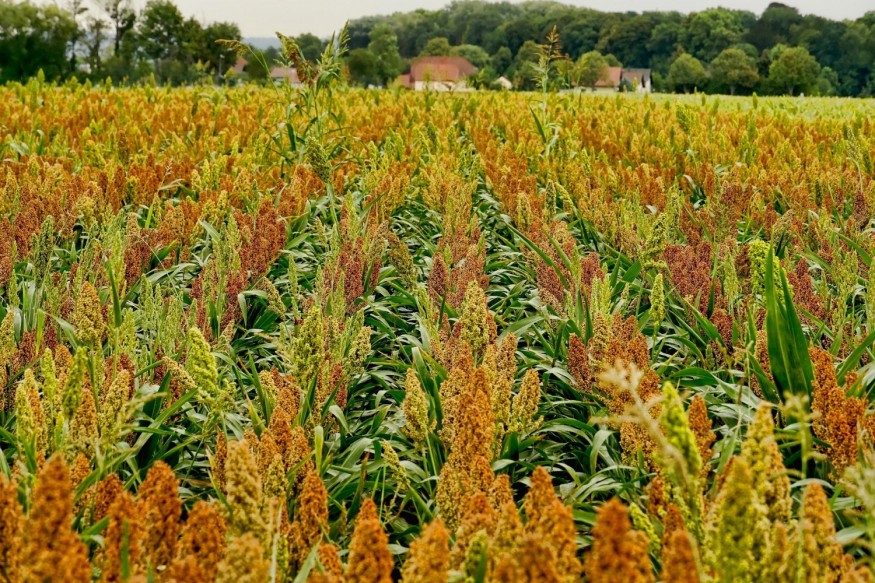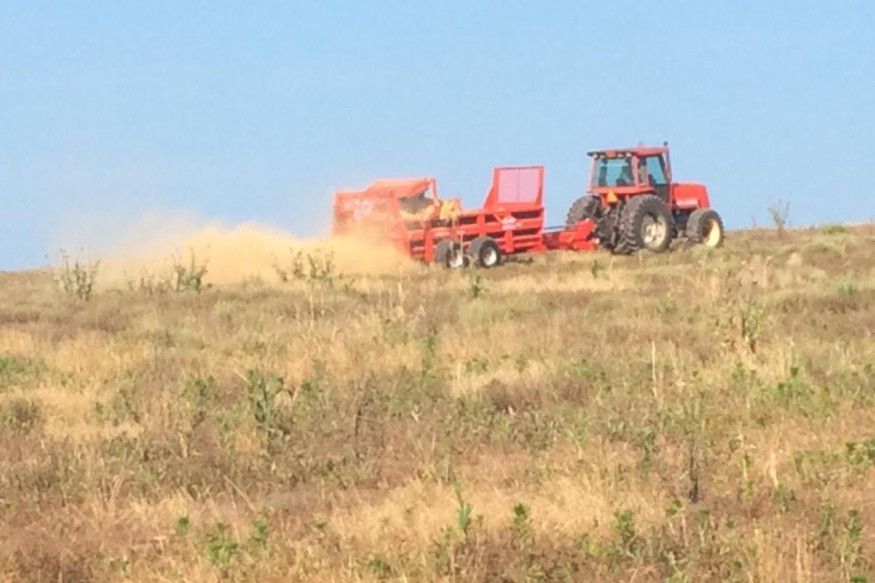A French farmer beats the drought with a resilient crop. Due to the intense heat of 2022, the soil of harvested wheat fields is completely dry, but on the sorghum plot, the leaves are green, and the plants bear a full ear of grains.

Fighting Drought
Eudes Couttes has been fending off the heat with the drought-tolerant plant in his sorghum fields.
"Sorghum cultivation is appealing because it introduces a new cultivation and a new way of thinking about agriculture, going more in the direction of a sustainable agriculture that protects future resources."
Sorghum is a cereal uncommon in Europe but popular elsewhere in the globe. It may be used to make couscous, gluten-free baked goods, and even beer. According to Coutte, sorghum has benefits over wheat, including not needing irrigation in much of France, using no pesticides, and requiring just a third of wheat fertilizer.
"It's not a magical solution, but it is a solution that, among other things, makes it possible to enhance things, to use less fertilizer and groundwater and water resources, and to consume less plant protection chemicals."
Also Read : Ants Can Be Effective Natural Pesticides
Sorghum Resiliency

Sorghum isn't completely resistant to drought, though. This year, Coutte anticipates harvesting three to four tons per hectare instead of five or six in a typical year. However, he claims that the lack of irrigation needed for this output is a "competitive advantage," as drought conditions and water access constraints are felt throughout France.
Coutte has invested in his stone mill to increase the sustainability of his farm. It produces gluten-free sorghum flour from a portion of his harvest. The remainder is marketed as grains that may be prepared and consumed much like lentils. Additionally, more farmers are choosing this crop.
Production of French sorghum increased from 270,000 tons in 2016 to roughly 440,000 tons in 2021-data from the agricultural ministry support that.
But in Europe, there is still a little market for gluten-free sorghum. According to figures from the EU, just approximately 25% of the crops grown on the continent are used for human sustenance. The remaining is used to feed animals.
Investing Efforts
Coutte is making a lot of effort to locate new markets for their harvest. In the upcoming years, he intends to collaborate with neighborhood businesses to create sorghum beer, vegetarian steaks, and other goods.
Also Read: Plant-Based Alternatives May Cut Emissions More than Any Other Green Investments
Future of Agriculture

Considering the agriculture of the future, how we can cultivate and produce food without using a lot of water, the possibilities, the crops we can plant right now, and what we will need to do in the future to protect water resources.
Increased farm yields are one of the numerous advantages of growing drought-tolerant plants. Drought-tolerant plants, such as maize, cowpeas, and rice, have been produced using biotechnology or traditional plant breeding methods. They continue to grow and cultivate even when the rains stop.
Related Article: Artificial Photosynthesis May Help Combat Food Shortage by Producing Food Without Sunlight
For more news update about alternative lifestyle and the environment, don't forget to follow Nature World News
© 2026 NatureWorldNews.com All rights reserved. Do not reproduce without permission.





